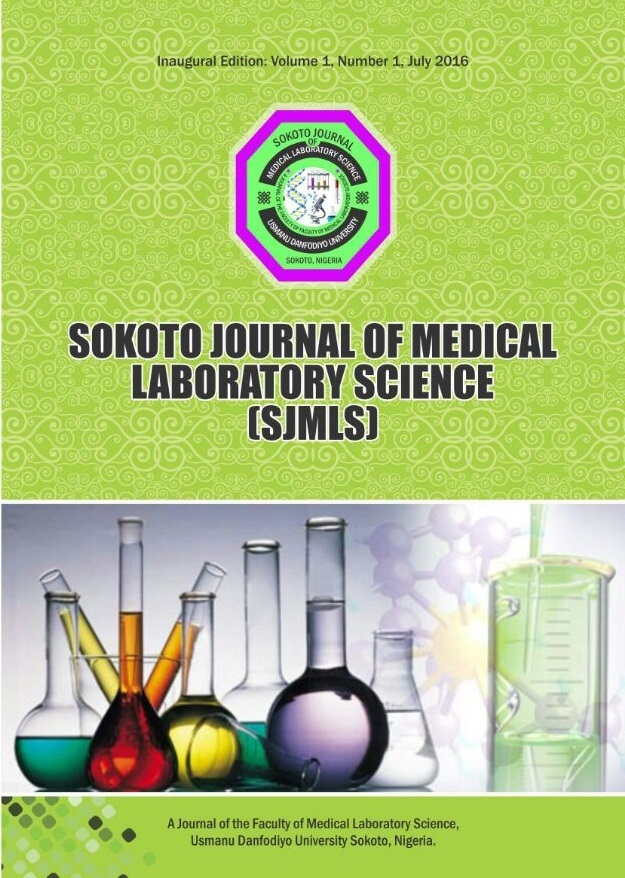Isolation and Molecular Characterization of Polio Virus Isolates from Sewage Samples in Some Selected Settlements and Internally Displace Person (IDPS) Camps in Maiduguri Metropolis
Keywords:
Polio virus, Environmental surveillance, Maiduguri.Abstract
Acute Flaccid Paralysis (AFP) surveillance is the gold standard for polio virus surveillance in polio eradication initiative globally but environmental surveillance complements AFP surveillance, help monitor the genetic diversity of isolated poliovirus and can help to verify that circulation of wild polio virus has stopped in an area. The study was carried out to isolate and characterize polio virus isolates from sewage in an effort to complement the acute flaccid paralysis surveillance for wild poliovirus in Maiduguri metropolis. The samples were concentrated using the two-phase separation method. and treated following the WHO guidelines on environmental surveillance for the detection of poliovirus. Isolation of Polio virus was done by tissue culture technique using RD cell line (Rhabdo-myosarcoma) and L20B cell line (A genetically engineered mouse cell line) obtained from WHO National Polio Lab (UMTH Maiduguri), adopting the WHO standard procedures. All positive culture (CPE, detached, round and refractile cells) were harvested for ITD (Intratypic differentiation) using Realtime PCR. A total of 36 litres of Sewage samples from 12 settlements were analyzed (3litres from each settlement) out of which 10 samples were found to be positive for serotypes P2 and P3 with isolation rate of 10 (27.8%). Type 3 serotype has the highest isolation rate 6(60%) followed by type 2 serotype 4(40%). Distribution by settlements revealed highest isolation rate of 4(11.1%) from Abbaganaram site followed by Bulabulun Gidan Zana 3(8.3%) while budum round about, Gwange sabon layi and Zaman clinic sites reported one serotype each 1(2.8%). Isolatio from IDPs camps out of the 30 liters of sewage analysed, revealed only Non-Polio Enteroviruses (NPENT) with isolation rate of 9(30%) with highest distribution from Dalori camp1 and teachers village each with 2(6.7%) followed by Dalori camp2, Gubio camp, Muna custom, Muna Haruna and Farm centre camp each with 1(3.3%). No isolation was reported from NYSC, Bakassi and Goni-kachalla camps. The results confirm the prevailing immunity gap among children in IDPs camps despite immunization campaigns using bivalent oral polio Vaccine (bOPV). It is expected that children will shed the virus and therefore could be isolated from sewage but only NPENT were isolated (No Sabin strains) in all the camps visited indicating non- response of the IDP’s children to the vaccines. This could be attributed to malnutrition which has been reported in IDPs camps as malnourished children may have different immunological response to vaccines. In comparism to some selected settlements a number of sabin –like strains were isolated indicating a good vaccine response and shedding by the immunized children which can as well help to boost herd immunity.




